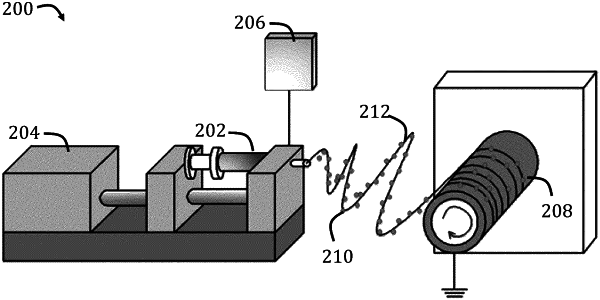| CPC B01J 35/58 (2024.01) [B01J 29/70 (2013.01); B01J 31/06 (2013.01); B01J 31/1691 (2013.01); B01J 35/39 (2024.01); B01J 37/0219 (2013.01); B01J 37/0236 (2013.01); B01J 37/031 (2013.01); B01J 37/04 (2013.01); B01J 37/08 (2013.01); B01J 37/342 (2013.01); B01J 2231/005 (2013.01); B01J 2531/26 (2013.01)] | 19 Claims |

|
1. A self-cleaning fabric, comprising:
a plurality of photocatalyst particles responsive to UV, visible and IR irradiations for inactivating harmful microorganisms via photocatalysis;
wherein the photocatalyst comprises a metal-organic framework-based photocatalyst or a zeolite-based photocatalyst; particles of the metal-organic framework-based photocatalyst or the zeolite-based photocatalyst are attached to a nanofibre; the nanofibre is a carbon-based nanofibre; and the carbon-based nanofibre comprises a polymeric material selected from a group consisting of polyvinylidene fluoride, polylactic acid and polybutylene adipate terephthalate.
|